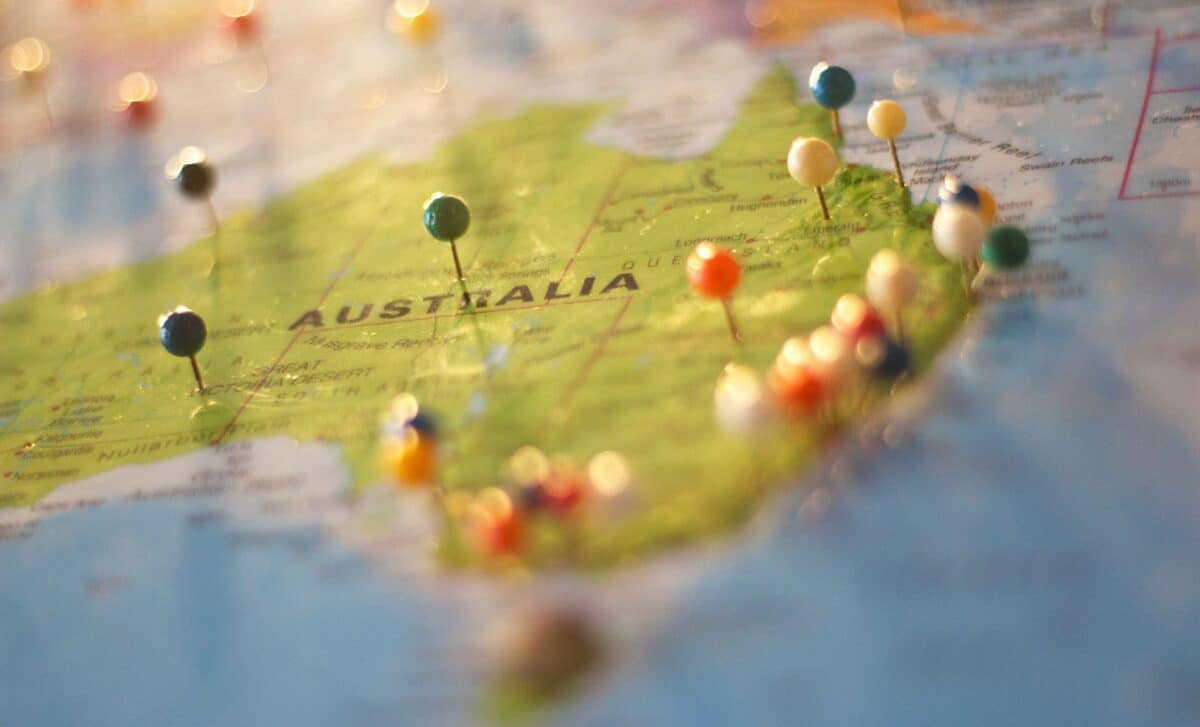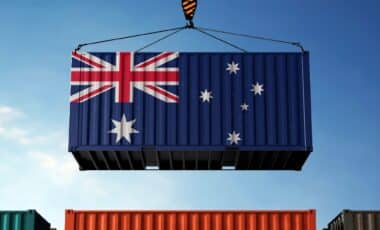Australia is one of the most resource-rich nations on Earth, boasting vast reserves of coal, gas, uranium, cobalt, nickel, copper, and lithium. Yet, despite decades of booming exports, the country has struggled to convert its immense natural wealth into long-term economic prosperity for its citizens.
In contrast, Norway has successfully leveraged its oil and gas sector to create a massive sovereign wealth fund, ensuring financial security for future generations. Meanwhile, Australia has allowed foreign-owned companies to reap the rewards, while domestic living standards stagnate, according to Macrobusiness.
A Booming Resource Sector With Minimal Public Benefit
Australia has experienced extraordinary growth in its resource exports over the past two decades. According to independent economist Tarric Brooker, per capita exports have surged significantly since 2008, yet household disposable income has remained stagnant.
This paradox highlights a major policy failure—despite benefiting from one of the world’s largest terms-of-trade booms, much of the wealth has bypassed Australian households.
A key issue is the country’s low taxation of resource exports, particularly in the gas sector. Despite being one of the world’s largest liquefied natural gas (LNG) exporters, Australia collects minimal tax revenue from the industry.
This has left the federal budget underfunded while domestic energy costs have soared. According to industry reports, the East Coast gas market has seen a threefold increase in prices over the past decade, coinciding with rising LNG exports. This has placed additional financial strain on Australian consumers and businesses.
Meanwhile, critics argue that mass immigration policies dilute the benefits of resource wealth, increasing demand for housing and infrastructure without corresponding investment. The result is an economy that profits multinational corporations while Australian residents face increasing cost-of-living pressures.
Norway’s Model: High Taxation and Long-Term Wealth Creation
In stark contrast, Norway has built one of the most successful resource-based economies in the world. According to government data, its oil and gas industry contributes over 20% of GDP and has been the backbone of the nation’s prosperity since the 1970s.
Unlike Australia, Norway heavily taxes its energy sector, ensuring that the country benefits directly from its resource wealth.
Revenue from taxation has been invested in the world’s largest sovereign wealth fund, now valued at approximately $310,000 per Norwegian citizen. This approach has provided economic stability and long-term security for future generations.
Even as global energy markets fluctuate, Norway continues to increase oil and gas investments, ensuring sustained growth and financial resilience.
By maintaining state control over key resources and ensuring substantial taxation, Norway has avoided the pitfalls seen in Australia. The Scandinavian model demonstrates how resource-rich nations can successfully convert their natural wealth into lasting prosperity, rather than allowing foreign interests to dominate the sector.
Australia’s experience serves as a cautionary tale—without strategic taxation and reinvestment, even the most resource-rich nations can miss the opportunity to secure long-term economic benefits for their people.









